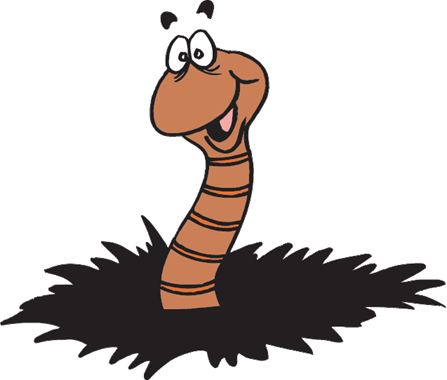Most people think of noxious weeds when they here weeds. Noxious weeds would include poison ivy, thistle and other things that can hurt. I would also consider invasive plants, like purple loosestrife, noxious. I include noxious weeds in this discussion. Poison ivy or thistle growing away from where people contact it is no bother.
In general, weeds can be used to tell you something about soil conditions in the area they are growing. For example, plantain in your lawn is an indicator of acidic and compacted soil. Catchweed and chickweed are indicators of healthy soil with high organic matter (e.g., in a vegetable garden, cold frame or greenhouse). This should also tell you that just changing soil conditions to be optimal for what you want to grow will NOT prevent all weeds. Nevertheless, you can use the weeds in your yard as a soil indicator and, in some instances, change the soil to be more favorable to what you want to grow and less favorable to what you do not want to grow. To understand what your weeds are telling you, I suggest a reference book. I use "Weeds of the Northeast
Ask any organic gardener and you will hear that the key to weed prevention is understanding the weed biology (see above) and controlling weed seeds. Preventing weeds begin with controlling the seeds. If you notice a weed, I suggest that you first remove any flowers or seed heads, then identify what it is and what it is telling you and remove the plant. If it propagates by rhizomes as well as seeds (e.g., red sorrel), be sure to carefully remove those also.
Controlling weed seeds begins in your yard, but also extends beyond your property to upwind areas (wind-borne seeds), animal habitat (viz. seeds transported by birds) and your source of new plants or soil (are you bringing weeds home from the garden center or spreading them with your compost?). Also, realize that seeds can remain dormant in soil for years. Cultivating a new patch of ground can expose seeds that were buried there years ago. All of these other sources of weeds should be kept in mind when you're in your yard.
When you are removing weeds from your yard, remember that some weeds can be eaten. For example spring dandelions make great addition to mixed green salads and you can make wine from the flowers. Eliminating weeds by eating them is good for you (assuming you are not spraying them with something nasty) and feels like justice! There are several excellent references for identifying plants in your area that can be eaten: Stalking the Wild Asparagus
The goal of organic gardening is not complete domination and the absence of weeds, rather your goal is to stay ahead of the weeds and do what you can to eliminate the noxious weeds and reduce the seed bank of the others. Over time, you will minimize the seed bank of weeds in your yard, optimize conditions for the plants you want to grow, and achieve balance in your yard.
Cheers,
Mark


No comments:
Post a Comment